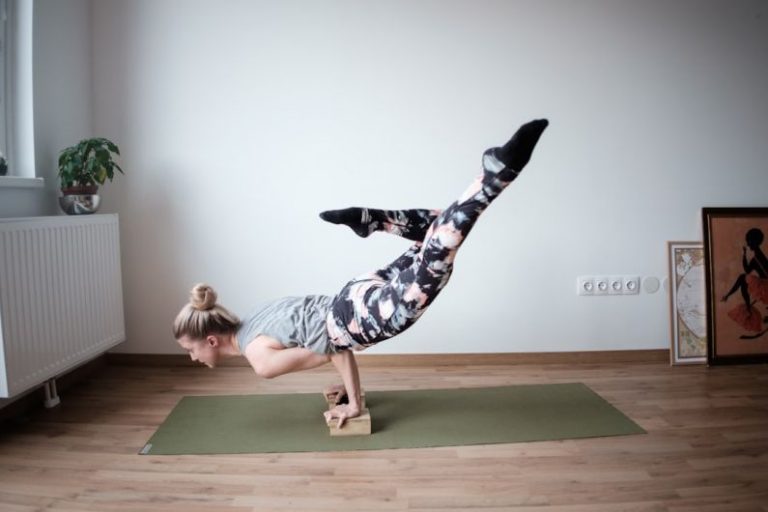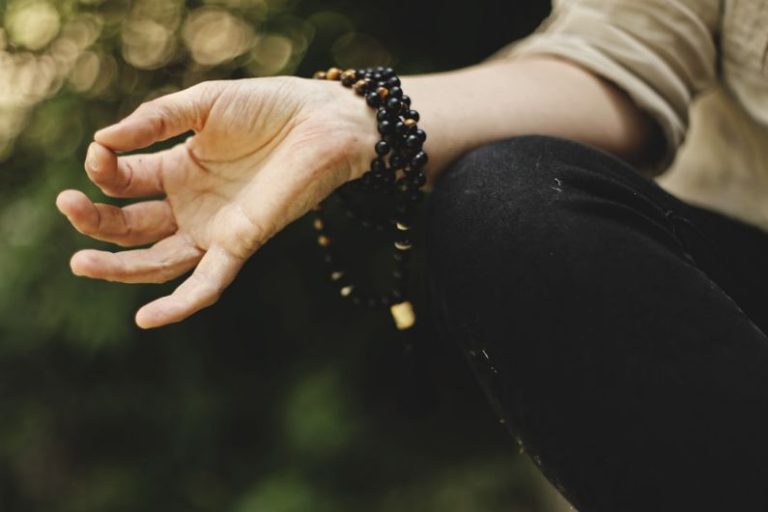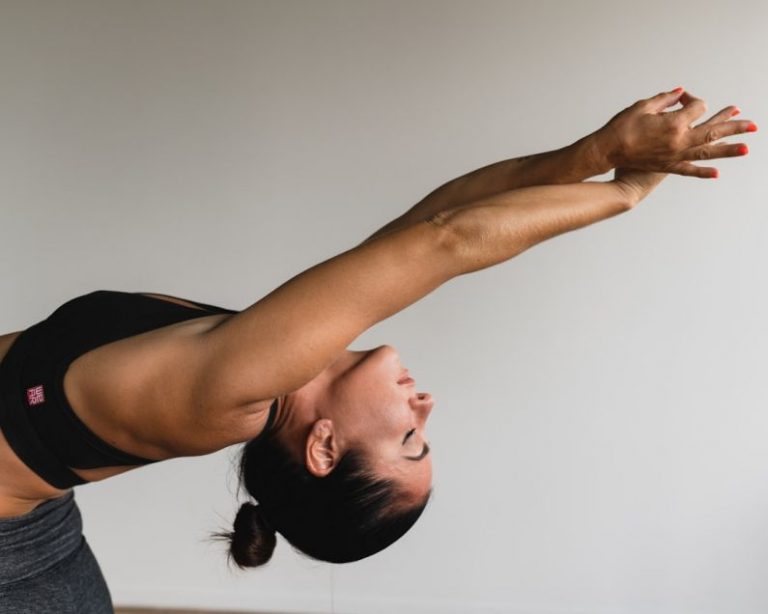Pilates Equipment You Should Know
Pilates is a popular form of exercise that focuses on improving flexibility, strength, and overall body awareness. One of the key aspects of practicing Pilates is the use of various equipment to enhance the effectiveness of the workouts. Understanding the different types of Pilates equipment available can help individuals make informed choices when it comes to their practice. From the classic reformer to the versatile magic circle, here are some essential Pilates equipment you should know about.
The Reformer
The reformer is perhaps the most iconic piece of Pilates equipment. It consists of a sliding carriage that moves back and forth on tracks within a frame. Springs of varying resistance levels are attached to the carriage, providing resistance as the user performs exercises. The reformer is highly versatile and can be used to target different muscle groups, making it suitable for individuals of all fitness levels.
The Cadillac
Also known as the trapeze table, the Cadillac is a large piece of equipment that features a raised platform with a canopy frame overhead. The Cadillac offers a wide range of exercises that target the entire body, including both strength and flexibility movements. It is particularly beneficial for individuals recovering from injuries or seeking gentle rehabilitation exercises.
The Wunda Chair
The Wunda Chair is a compact piece of equipment that consists of a padded seat with a spring-loaded pedal attached to one side. Users can perform a variety of seated and standing exercises on the Wunda Chair to target the core, legs, and arms. Its small size makes it a great option for home use or for individuals with limited space.
The Magic Circle
The magic circle, also known as the Pilates ring, is a small, flexible ring made of metal or rubber with padded handles on either side. The magic circle is used to add resistance to Pilates exercises, helping to engage the core and peripheral muscles more effectively. It is particularly useful for targeting the inner and outer thighs, as well as the arms.
The Barrel
Pilates barrels come in various shapes and sizes, including the spine corrector, the arc barrel, and the ladder barrel. These curved pieces of equipment are designed to support the spine and facilitate proper alignment during exercises. The barrel is often used to increase flexibility, improve posture, and strengthen the core muscles.
The Pilates Ball
The Pilates ball, also known as the stability ball or Swiss ball, is a versatile piece of equipment that can be used for a wide range of exercises. The ball challenges balance and stability, making it an excellent tool for developing core strength and improving posture. It can be incorporated into mat-based Pilates workouts or used with other equipment for added resistance.
The Foam Roller
While not exclusive to Pilates, the foam roller is often used in Pilates classes to release tension in the muscles and improve flexibility. Foam rolling can help alleviate muscle soreness, increase circulation, and promote relaxation. Incorporating foam rolling exercises into a Pilates routine can enhance overall performance and prevent injury.
In conclusion, understanding the different types of Pilates equipment available can help individuals enhance their practice and achieve their fitness goals more effectively. Whether you prefer the resistance of the reformer or the challenge of the magic circle, incorporating a variety of equipment into your Pilates routine can help keep your workouts engaging and dynamic. By exploring the benefits of each piece of equipment and experimenting with different exercises, you can make the most of your Pilates practice and experience the transformative effects it can have on your body and mind.






